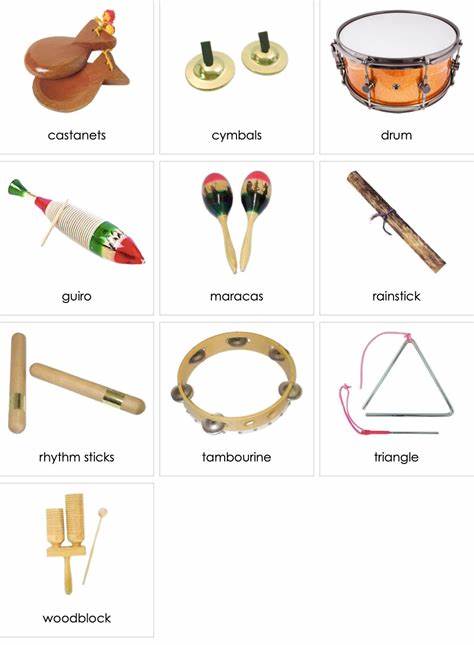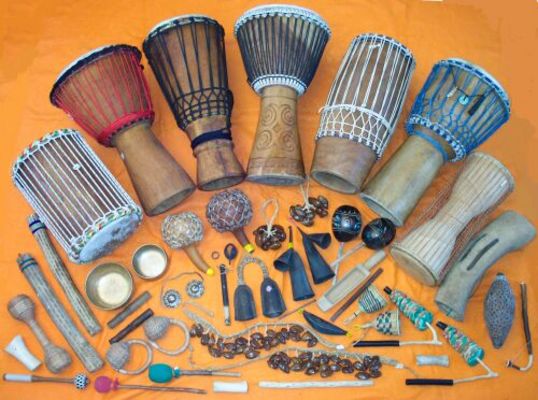The perception of percussion instruments as “toys” is a perplexing topic deserving thorough examination. There are several angles to consider.
To begin with, while it is true that you can produce sound immediately by striking a drum or shaking a tambourine, that should not overshadow the fact that mastering percussion requires just as much knowledge and skill as any other instrument.
This accessibility can create a misleading impression that these instruments are more suited for casual play than for serious musicianship, especially when compared to instruments like violins or pianos that demand extensive training and proficiency. The study of West African, Afro Cuban, Haitian and Brazilian music has taken me a lifetime to learn and I am still a student studying everyday!
While there’s merit in celebrating inclusivity in music, this simplified view risks undermining the true artistry and discipline involved in playing percussion instruments.

Next, let’s consider the role of corporate drum facilitators who endorse concepts like the “percussion sandbox.” While the intent may be to foster teamwork and creativity in a professional setting, labeling it as a “sandbox” reduces percussion to mere playful exploration rather than acknowledging its rich history and complexity. Such terminology shifts the focus away from the depth and seriousness of percussion as a musical discipline, reinforcing the idea that it exists solely for amusement.
Additionally, we cannot overlook the impact of humor in music, exemplified by the work of Spike Jones in the 1940s and 1950s, who famously used percussion for comedic effect. When percussion is employed in this way, it reinforces its association with triviality. While humor has its place, this approach often trivializes genuine musical expression and raises questions about the perceived seriousness of percussion as an art form. The ability to evoke laughter does not diminish the sophistication or emotional power that percussion can convey.
Now, taking a more serious approach, we must acknowledge the historical context surrounding percussion, particularly the banning of drums during slavery. Drumming served as a crucial means of communication and solidarity among enslaved individuals, and its prohibition illustrated a deep-seated fear among oppressors. This historical suppression has left a profound mark on how we perceive percussion today. Dismissing these instruments as mere toys fails to recognize the cultural weight and significance they carry.
Finally, we should consider the societal prejudices at play. Throughout history, various cultures have assigned differing levels of importance to musical forms. In Western classical music, harmonic and melodic instruments often receive accolades, while percussion is relegated to a lesser status, perceived as “primitive” or “childish.” This bias reflects broader social attitudes about cultural sophistication, where percussion is not given the respect and recognition it deserves.
In conclusion, the label of percussion instruments as “toys” oversimplifies a rich tapestry of history, artistry, and cultural significance. It’s essential to appreciate the varied contexts in which percussion exists and to challenge the reductive view that overlooks its true value.

